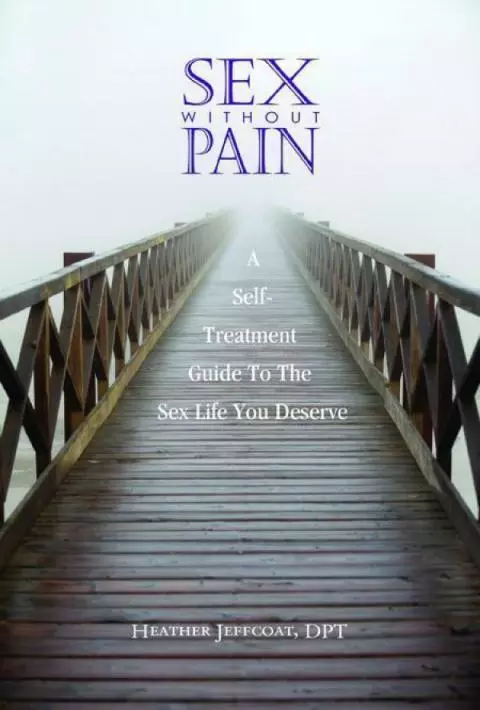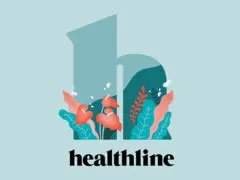Endometriosis Affects 1 in 10 Women of Reproductive Age
And yet the delay in diagnosis hovers around 8.5 years (Barbieri, 2017; Ballard, 2006), meaning that, on average a woman will experience 8.6 years of symptoms and disease progression before they are diagnosed with the disease.
What is Endometriosis?
Endometriosis is a condition where endometrial-like tissue grows outside of the uterus (endometrial tissue is tissue that usually grows inside of the uterus and sheds each month). The most common area for it to grow is in the abdominal cavity, where it can implant on the surface of other structures including the ovaries, bladder, rectum, and along the walls of the abdomen and pelvis.
The true prevalence of endometriosis is unknown since it takes a laparoscopic procedure to confirm the diagnosis, and many women either have no symptoms or seek no treatment (Bloski, 2008). However, up to 78% of women undergoing laparoscopic investigation for infertility and up to 82% of women investigated for pelvic pain were found to have endometriosis in one study (Schenken, 1996).
Common Endometriosis Symptoms
Commonly reported signs and symptoms from those with endometriosis include:
- Abdominal pain
- Pelvic pain
- Painful periods, AKA dysmenorrhea
- Heavy or prolonged periods (menorrhagia)
- Pain with sex (dyspareunia) and/or bleeding after sex
- Pain from periods and/or sex are not responsive to over-the-counter pain medicines (NSAIDs) or use of birth control pills
- Pain from periods or sex that leads to inability to go to school or work
- Multiple visits to the emergency department for severe period pain
- Urinary frequency, urgency, and/or pain with urination
- Diarrhea and/or constipation
- Nausea
- Abdominal and bowel cramping
- Abdominal bloating and/or distention
- Endometriosis in the patient’s mother or sister
- Issues getting pregnant with regular ovulation, patent fallopian tubes, and a partner with a normal semen analysis
Why the delay in diagnosis?
In a 2006 study by Ballard et al., they discussed the reasons why the average 8.5 year delay in diagnosis existed. Unfortunately, many of the factors they presented almost 15 years ago continue to delay diagnosis for women today.
People thought their pain and symptoms were “normal”
Many people with endometriosis don’t report symptoms like painful periods, abdominal cramping, and pain with sex to their doctors because they think it’s normal or that they are “unlucky.” This can be due to family members or relatives also reporting painful periods which causes the person with endometriosis to simply think that their pain is normal and it’s their problem to bear alone.
Women in the study also reported that they were too embarrassed to talk about their pain with their friends, fearing stigmatization or appearing weak, “dramatic,” or unable to cope.
So: is it normal to have cramping? Yes. The uterus does indeed contract to shed the lining of the uterus. However mild to moderate often responds to over the counter pain medication (NSAIDs), heating pads, gentle exercise and adequate hydration. The key difference with those with endometriosis is that the pain does NOT respond to interventions such as over-the-counter NSAIDs and can get in the way of their functioning at school, social life, or work.
Doctors tell women that the pain is “normal”
While some women hesitate to tell their doctors about their symptoms, others DO tell their doctors only for the doctors to tell them the pain is normal. Many of these General Practitioners (GP) are not aware of endometriosis and simply advise taking pain killers or prescribe birth control pills to help “control” periods and reduce bleeding. In some unfortunate cases, clients in the study reported that their doctors suggested to them that their pain was “all in their head.”
Birth control pills or pregnancy provide some relief
Some women with endometriosis report that going on birth control pills or pregnancy help with endometriosis symptoms. This is due to the shift in hormones during pregnancy and while on birth control. While these shifts in hormones can indeed provide some relief, unfortunately it can add to delay in getting a diagnosis of endometriosis.
Transvaginal scans can’t identify most endometrial growths
In the study, the most common diagnostic scan women were asked to do was a transvaginal scan or ultrasound. According to Ballard (2006), this type of scan is only good at identifying endometriomas (endometriosis cysts on the ovary) and inadequate at identifying endometriosis in other areas. Out of the 32 women in Ballard’s study, only one had a transvaginal ultrasound find an endometrial growth, while in reality 28 of the 32 women had endometriosis. Women reported that getting scan results that said “negative” added to their doubts that something was wrong.
Diagnosis can provide psychological relief and a roadmap to healing
The women in Ballard’s study expressed relief when they received their endometriosis diagnoses; some were relieved they did not have cancer, others were relieved to have their pain and experience be validated.
Having a diagnosis also helped women advocate for themselves and be able to talk about their condition. For those in school or working, they suddenly had language to use to discuss their condition with teachers and employers, and they were able to ask for accommodations around their pain, especially during certain times of their cycle.
For others in the study, having a diagnosis gave them validation and reason to give themselves a break, and to be able to say “no” to social activities and other obligations when their pain was flared.
The most important factor in early detection and diagnosis of endometriosis is increasing awareness of endometriosis symptoms, particularly for parents, guardians, and young women. Again, check out Heather’s blog post about talking to your daughters about endometriosis here.
Resources
Bloski, T., & Pierson, R. (2008). Endometriosis and Chronic Pelvic Pain: Unraveling the Mystery Behind this Complex Condition. Nursing for women's health, 12(5), 382–395. https://doi.org/10.1111/j.1751-486X.2008.00362.x
Surrey, E., Soliman, A. M., Trenz, H., Blauer-Peterson, C., & Sluis, A. (2020). Impact of Endometriosis Diagnostic Delays on Healthcare Resource Utilization and Costs. Advances in therapy, 37(3), 1087–1099. https://doi.org/10.1007/s12325-019-01215-x
Barbieri, R. (2017). Why are there delays in the diagnosis of endometriosis? OBG Manag. 2017 March;29(3):8, 10-11. Accessed at: https://www.mdedge.com/obgyn/article/132337/gynecology/why-are-there-delays-diagnosis-endometriosis
BALLARD, K., LOWTON, K., & WRIGHT, J. (2006). What’s the delay? A qualitative study of women’s experiences of reaching a diagnosis of endometriosis. Fertility and Sterility, 86(5), 1296–1301. doi:10.1016/j.fertnstert.2006.04.054
**This information is for educational purposes only and is not intended to replace the advice of your doctor.**









































































































































